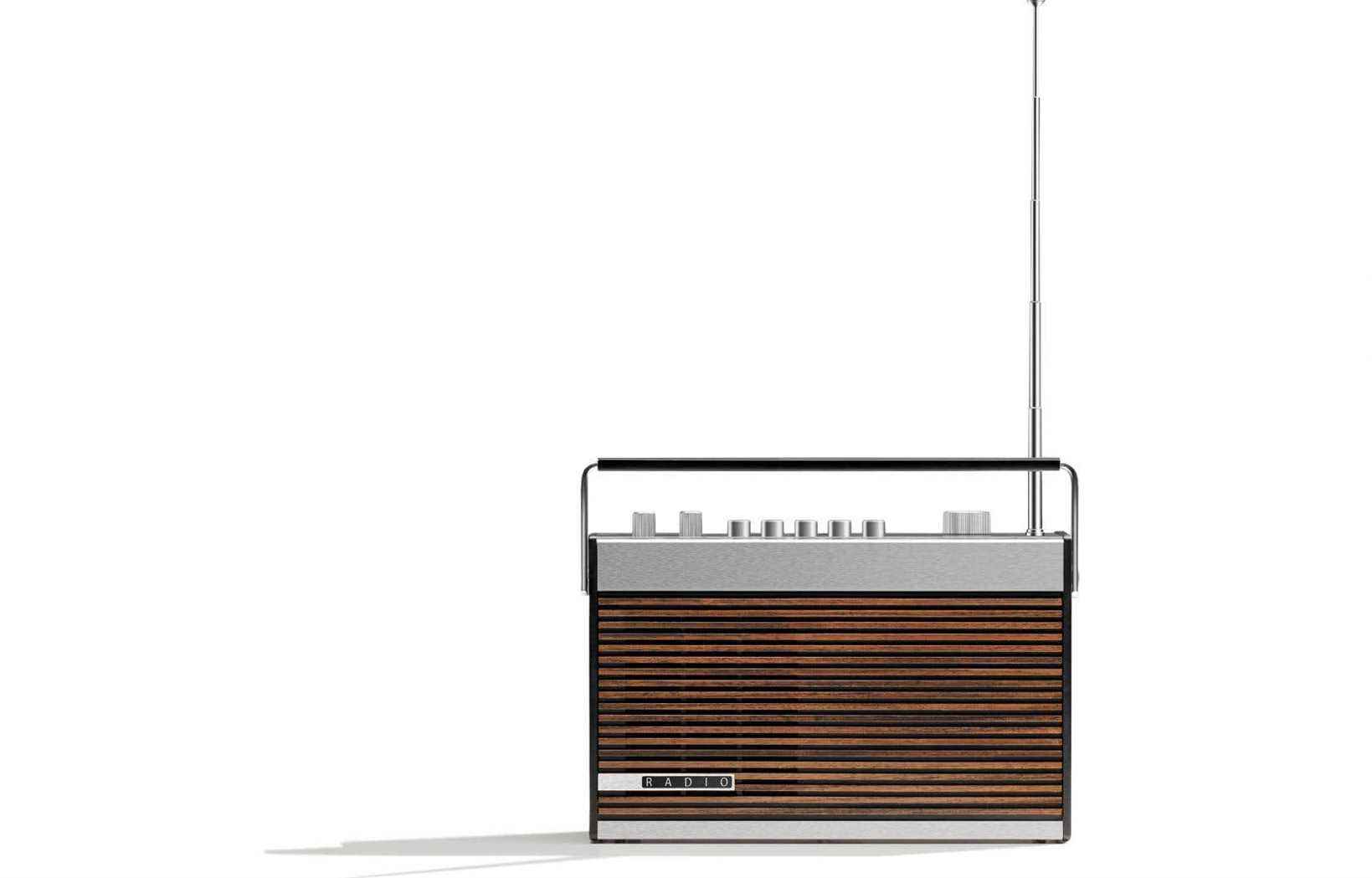The Cold War begins again, so the good old propaganda and information radio adjusts its services in Eastern Europe and the Russian Federation.
The world’s media giants have changed their programming and their teams to follow the conflict in the invaded Ukraine, but also to broadcast information to the aggressor country. Censorship extends to the country of Vladimir Putin as never since the fall of the Soviet Empire thirty years ago. Even Facebook and Instagram are now banned in the country.
The impression of returning to the XXand century divided into antagonistic socio-political blocks was amplified with the resumption by the BBC of the broadcast on short waves, to the former USSR, of four hours daily of news broadcasts. The decision was taken a few days after the censorship of the websites of the famous World Service, the most listened to and the most respected in the world.
Short waves designate a spectrum of frequencies whose range extends over several thousand kilometers with an immense capacity of capture, including in underground shelters. The low cost of reception devices, which also operate with very little energy, have made them one of the preferred tools for information and socio-cultural influence all over the planet.
In addition, listening to short waves remains very difficult to detect, which makes this medium even more attractive in areas affected by censorship and surveillance. It was true in World War II, it was true in the Cold War, and it still is today.
“The BBC and La Voix de l’Amérique – and even Radio-Canada International at one time – were mobilized in a strategy to promote national interests, with an editorial line in accordance with the political and cultural orientations of Western societies, explains Aimé-Jules Bizimana, professor in the Department of Social Sciences at UQO, specialist in censorship and propaganda, particularly in times of war. This role continues to this day and resumes during the war in Ukraine. »
Can we then speak of new propaganda? “The word has a very bad reputation,” says Professor Bizimana. It is certain that the BBC or RCI do not make propaganda like Goebbels. But if we go back to the original meaning of “promoting ideas”, of “spreading the faith”, then yes, absolutely, these media are propaganda. There is also an essential information role, and on this, the world prize is won by the BBC, which remains the most credible radio station in the world. I spoke to US commanders in Iraq who listened to the World Service. I would say that it is the only international radio station that has this level of credibility on the informational level. »
Listening explodes
Radio Canada International (RCI), established in 1945, ceased programming in Ukrainian in 2009 and in Russian in 2012, along with shortwave broadcasting. The broadcaster concentrates its web activities in seven other languages. “For the moment, there are no plans to add new languages to RCI’s offer,” explains Marie Tétreault, head of public relations for CBC/Radio-Canada, by email.
Radio Vatican (RV) has on the contrary chosen to broadcast since March 21 morning programs of 20 minutes in Ukrainian and Russian. RV had already backed out of an initial plan to cut shortwave broadcasts.
The United States is also beefing up its already very impressive supply. Washington controls and finances Voice of America, a state information service founded in 1942, comparable to BBC World Service, Deutsche Welle or RFI. Radio Free Europe (RFE) was created in 1949 as a private non-profit organization, but largely funded by the US Congress (through the CIA). RFE merged with Radio Liberté in 1976 to create the RFE/RL group. Its mission is to “defend democratic values and institutions and advance human rights”. There are similar branches for Asia (Radio Free Asia), Cuba (Radio Martí) and the Middle East (Alhurra TV and Radio Sawa).
All these publicly funded media have been grouped under the US Agency for Global Media since 2018, an agency independent of the government. RFE/RL’s resources peaked at the end of the Cold War, then were drastically reduced in one fell swoop, from 227 to 75 million, in 1993, after the scuttling of the Soviet Union and the Warsaw Pact. Congress recently increased grants to the group by 15%, bringing them up to 145 million.
The revival continues. Barely two weeks after the start of the invasion of Ukraine, Radio Free Europe/Radio Liberty set up a new two-headed office based in Riga, capital of Latvia, and Vilnius, capital of Lithuania. The media outpost in the Baltic countries is home to expatriate teams from Russia and Belarus, 24-hour TV news services, but also a new team of investigative journalists who will work in Russian. The media offensive also includes a digital hub that will coordinate strategies to circumvent censorship and disinformation in the East.
The organization’s headquarters moved to Prague in 1995. Programs prepared by approximately 600 employees, 1,300 collaborators and 21 local offices are now broadcast in 23 countries, in 27 languages. Radio Svoboda broadcasts in Russia, Ukraine and Belarus.
The war in Ukraine quickly showed the appetite for their productions now widely distributed on several platforms. Between February 24 and March 16, views of the organization’s videos in Russia tripled, reaching 238 million views, and all indicators started to rise again, site visits (+34%), digital impressions (+51%) and unique visitors (+53%). The data is even stronger from Belarus. Even though Moscow punishes very harshly the sharing of supposed “false information”, the Russians obviously know how to navigate to foreign sources.
“People deprived of information, like in Russia right now, are finding ways to circumvent censorship,” says Professor Bizimana. The attendance of the BBC and other sources is exploding. Yes, a large part follows Putin’s propaganda, but another large part gets information from reliable outside sources. It also happened in Poland during the Solidarność movement: people wanted to avoid official censorship. »
